- No products in the cart.
Ambrobene solution for oral and inhalation. 7.5mg / ml-40ml vial cap. with measured glass
$2.38
Ambrobene solution for oral and inhalation. 7.5mg / ml-40ml vial cap. with measured glass
Description
Composition
Active substance:
100 ml solution contains: ambroxol hydrochloride 0.750 g ;.
Excipients:
Potassium sorbate 0.100 g hydrochloric acid (25%) 0.060 g Purified water 99.190 g
Description:
Transparent colorless to light yellow brownish colored solution, odorless.
Product form:
40 or 100 ml of the product in a dark glass bottle, a sealed plug dropper and a plastic screw cap. One vial with instructions for use and a measured glass is placed in a cardboard box.
Contraindications
Hypersensitivity to ambroxol or one of the excipients; Pregnancy (| trimester);
Carefully
Violation of motor function and increased bronchial mucus formation (the syndrome immotile cilia), gastric ulcer and duodenum 12 in exacerbation, pregnancy (|| – ||| trimester), lactation. Patients with impaired renal function or severe liver disease must take special care with Ambrobene observing long intervals between meals or taking a drug at a lower dose.
Dosage
7.5 mg / ml
Indications
Acute and chronic respiratory diseases, accompanied by the formation and violation of expectoration.
Overdose
symptoms:
Signs of toxicity in overdose of ambroxol is not revealed. There is evidence of nervous agitation and diarrhea. Ambroxol well tolerated when administered at a dose of 25 mg / kg / day. In case of severe overdosing possible increased salivation, nausea, vomiting, decreased blood pressure.
Treatment:
Methods intensive therapy such as vomiting, gastric lavage, should be used only in severe cases of overdose, the first 1-2 hours after ingestion. Displaying sympathetic treatment.
pharmachologic effect
Pharmacological group:
Expectorant mucolytic agent.
Pharmacodynamics:
Ambroxol is a benzylamine – bromhexine metabolite. Differs from bromhexine absence blizzard group and hydroxyl group in the presence of p-trans cyclohexyl ring. It has secretomotoric, sekretoliticheskim and expectorant effects. After ingestion effect occurs after 30 minutes and lasts for 6-12 hours (depending on the dose). Preclinical studies have shown that ambroxol stimulates serous cells of glands of bronchial mucosa. By activating cells of ciliary epithelium and reducing the viscosity of sputum, improves mucociliary transport. Ambroxol activates the formation of surfactant by providing a direct impact on the alveolar pneumocytes type 2 and Clara cells of the small airways. Research in cell cultures and in vivo studies on animals have shown that ambroxol stimulates the production and secretion of the substance (surfactant), active on the surface of the alveoli and bronchi embryo and adult. Also in preclinical studies it has been proven antioxidant effect of ambroxol. Ambroxol, when used together with an antibiotic (amoxicillin, cefuroxime, erythromycin and doxycycline) increases their concentration in the sputum and bronchial secretions.
Pharmacokinetics:
If ingestion ambroksol almost completely absorbed from the gastrointestinal tract. The maximum concentration is achieved 1-3 hours after ingestion. Due presystemic metabolism ambroxol absolute bioavailability after ingestion decreases by about 1/3. Formed in connection with the metabolites (such as dibromoantranilovaya acid, glucuronides) are eliminated by the kidneys. Plasma protein binding is approximately 85% (80-90%). Plasma half-life is from 7 to 12 hours. Summary half-life of ambroxol and its metabolites is about 22 hours. Excreted mainly by the kidneys as metabolites – 90%, less than 10% is excreted unchanged. Considering the high bond to plasma proteins, large volume of distribution and slow redistribution from tissues into the bloodstream, with substantial elimination of ambroxol diathesis or forced diuresis occurs. In patients with severe liver disease ambroxol clearance is reduced by 20-40%. In patients with severely impaired renal function, the half-life of metabolites of ambroxol increases. Ambroxol penetrates into cerebrospinal fluid and the placenta, and is released into breast milk.
Pregnancy and breast-feeding
Pregnancy:
Insufficient data on the use of ambroxol in pregnancy. In particular, this applies to the first 28 weeks of pregnancy. Studies conducted on animals revealed no teratogenic effect. Application Ambrobene during pregnancy (|| – ||| trimester) can only be prescribed by a doctor, after careful assessment of risk / benefit ratio.
Lactation: Studies conducted on animals have shown that ambroxol passes into breast milk. Due to the insufficient study of the drug in women during lactation, the use Ambrobene possible only on prescription, after a careful assessment of risk / benefit ratio.
Conditions of supply of pharmacies
Without recipe.
side effects
The frequency of side effects is classified according to the recommendations of the World Health Organization: very often – at least 10%; often – at least 1% but less than 10%; infrequently – at least 0.1% but less than 1%; rarely – at least 0.01% but less than 0.1%; very rarely – less than 0.01%.
Immune system: rarely – hypersensitivity reaction; frequency is not set – anaphylactic reaction including rash, pruritus, urticaria, angioneurotic edema, anaphylactic shock.
From the nervous system: often – a violation of taste perception.
On the part of the digestive tract: often -toshnota; Infrequent – dry mucous membranes of the mouth and throat, vomiting, dyspepsia, abdominal pain, diarrhea.
special instructions
It should not be combined with antitussive drugs that prevent removal of sputum.
In children under the age of 2 years, the use of the drug can only be prescribed by a doctor. Very rarely the application Ambrobene skin reactions were observed in the severe form, such as Stevens-Johnson syndrome and Payepla. If you change the skin or mucous membranes, you must consult your doctor immediately and stop taking the drug.
Storage conditions
Store at a temperature not higher than 25 C.
Keep out of the reach of children!.
Dosing and Administration
Inside take medication after a meal, adding to water, juice or tea with the enclosed measuring cup.
Children aged 2: To 1 ml, 2 times a day (15 mg ambroxol per day).
Children with 2 to 6: 1 ml of the drug 3 times a day (22.5 mg ambroxol per day).
Children 6 to 12 years: 2 ml of the preparation 2-3 times a day, 30-45 mg of ambroxol per day).
Adults and children 12 years: In the first 2-3 days of treatment should be 4 ml of the drug 3 times a day (90 mg ambroxol per day) are ineffective therapy adults can increase a dose of the drug to 8 ml, 2 times a day (120 mg ambroxol in a day). In the following days should be 4 ml of the preparation two times a day (60 mg ambroxol per day).
In applying Ambrobene drug inhalation can be any equipment (excluding steam inhaler). Before inhalation, the drug is mixed with 0.9% sodium chloride (for optimal humidification can be diluted in the ratio 1: 1) and heated to body temperature. Since a deep breath inhalation therapy may provoke cough shock, inhalation should be performed in a conventional mode of respiration. Patients with bronchial asthma can be recommended to carry after receiving inhaled bronchodilator drugs.
For inhalation use the following dosage (1 ml of solution contains 7.5 mg of ambroxol):
Children aged 2: To 1 ml of the preparation 1-2 times a day (7,5-15 mg ambroxol per day).
Children with 2 to 6: By 2 ml of the preparation 1-2 times a day (15-30 mg of ambroxol per day).
Children from 6 years of age: 2-3 ml of the preparation 1-2 times a day (15-45 mg of ambroxol per day).
Information
Appearance may differ from that depicted in the picture. There are contraindications. You need to read the manual or consult with a specialist
Additional information
| Weight | 0.100 kg |
|---|---|
| Manufacturer | ambrobene |

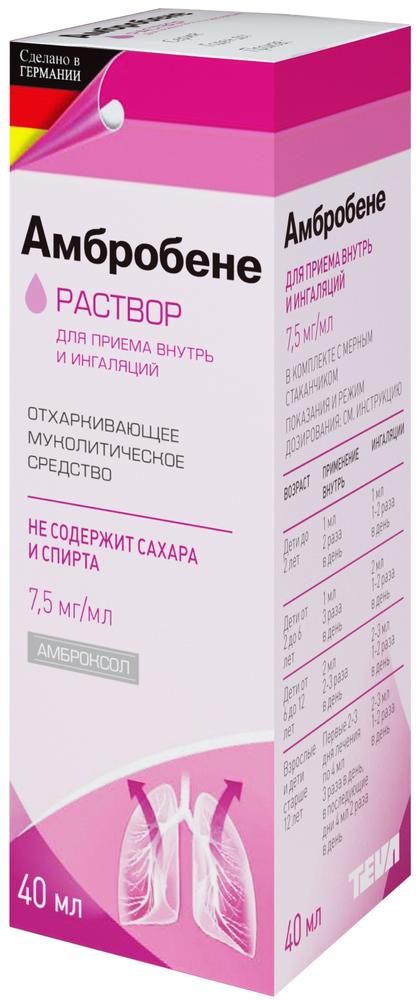
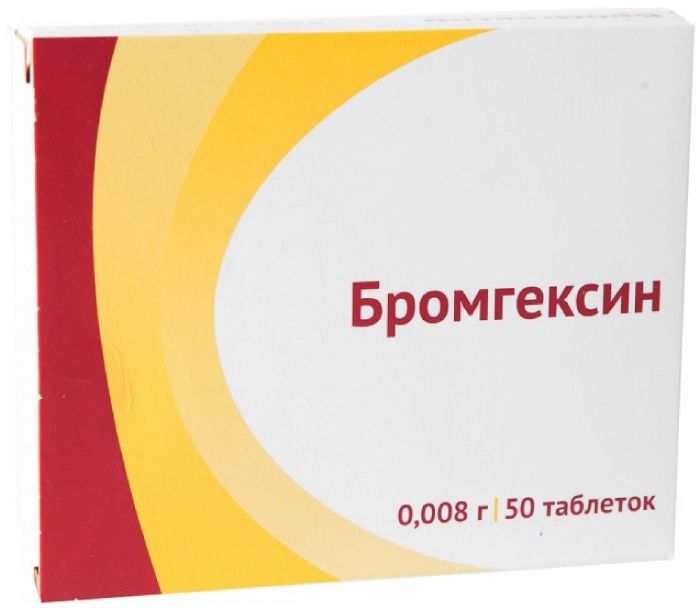
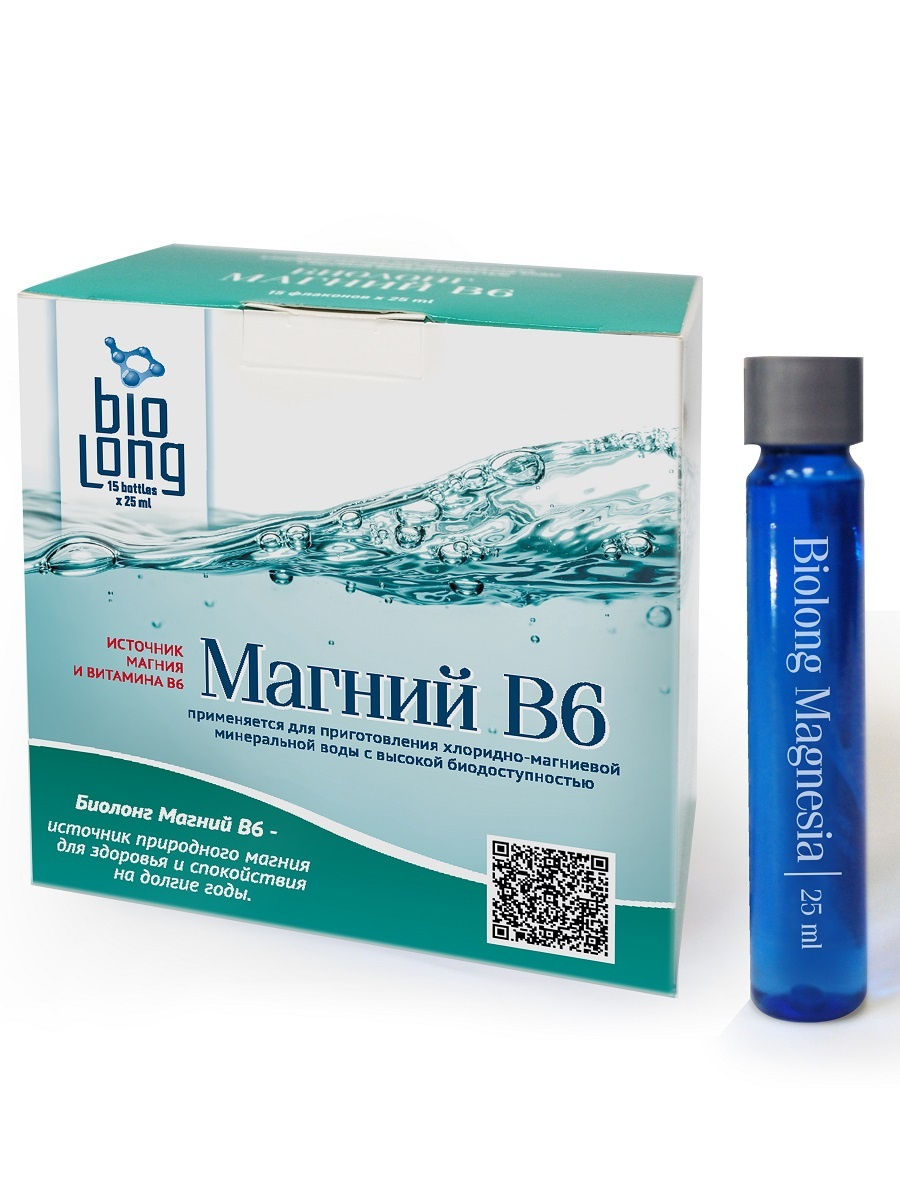
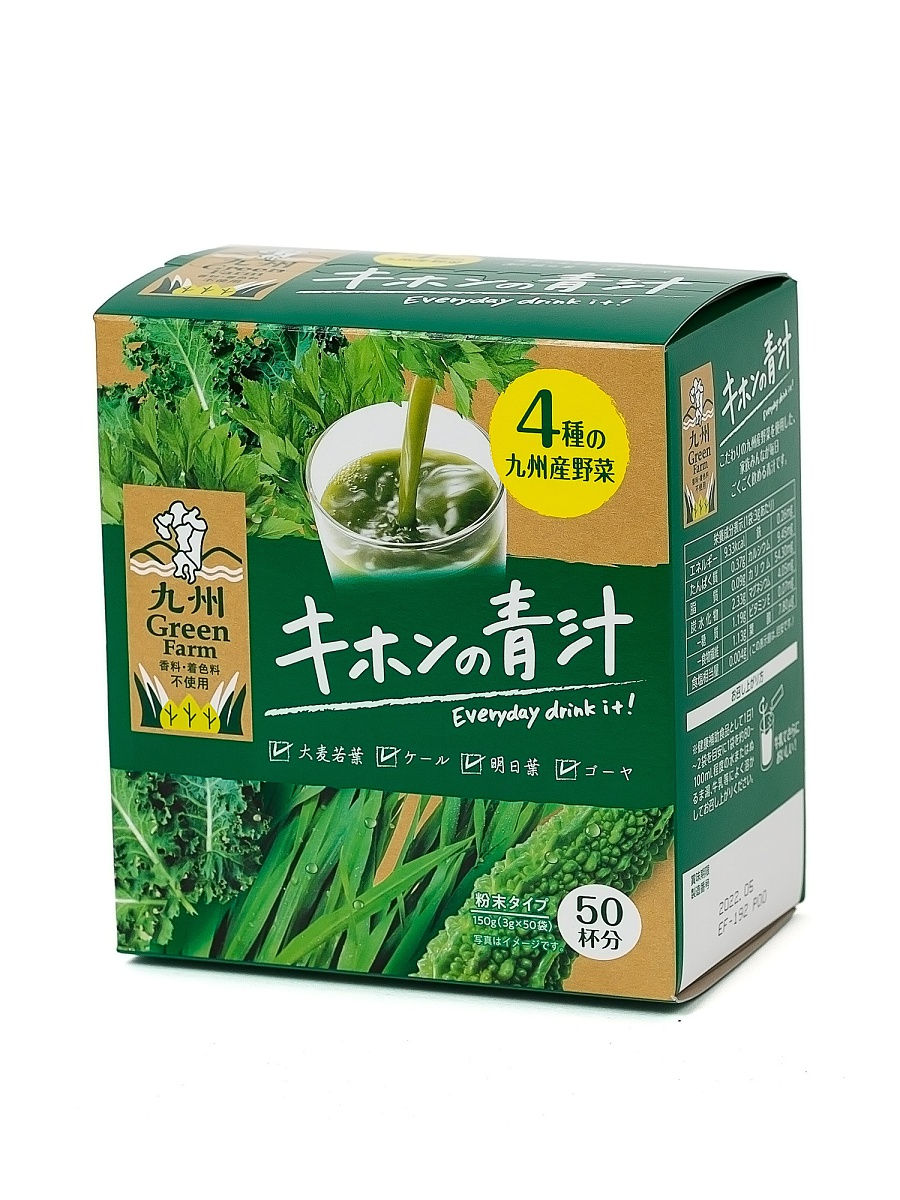
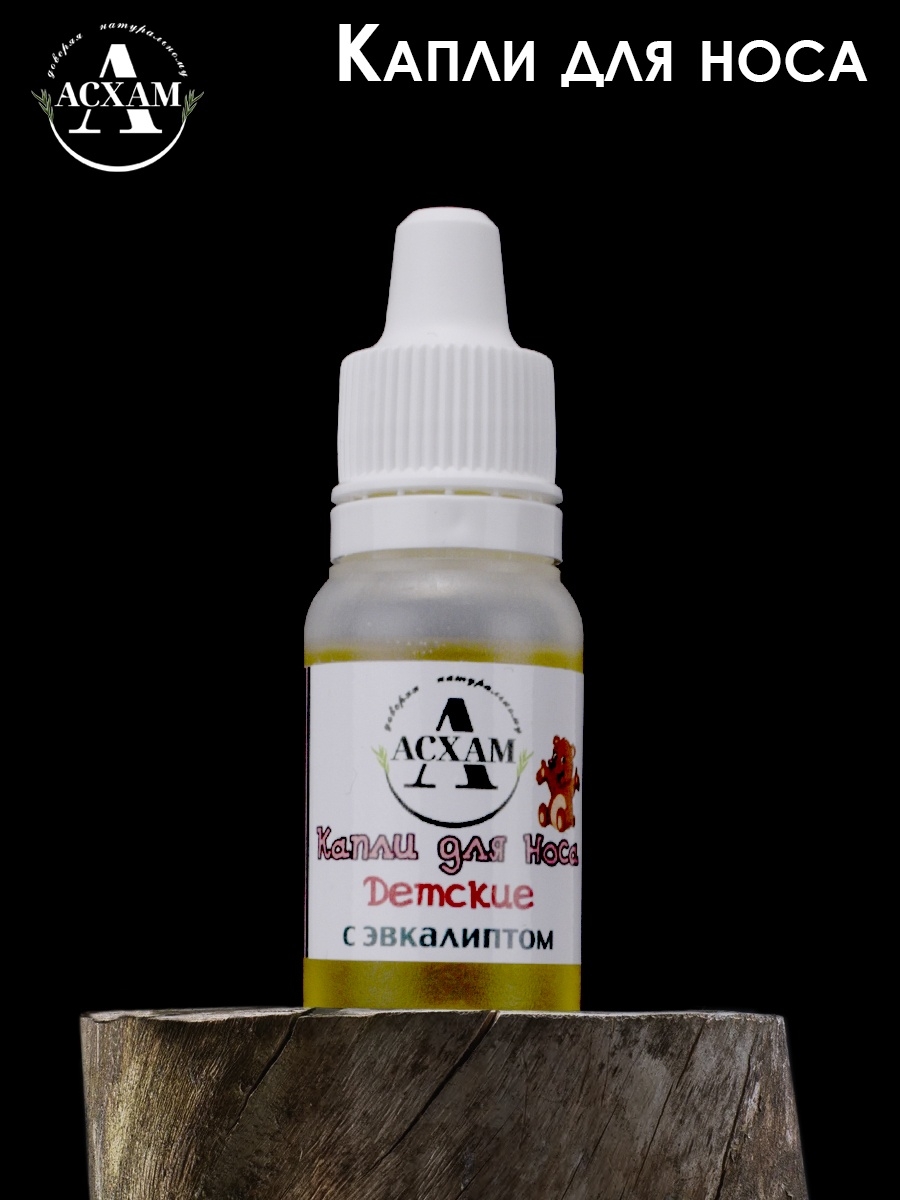
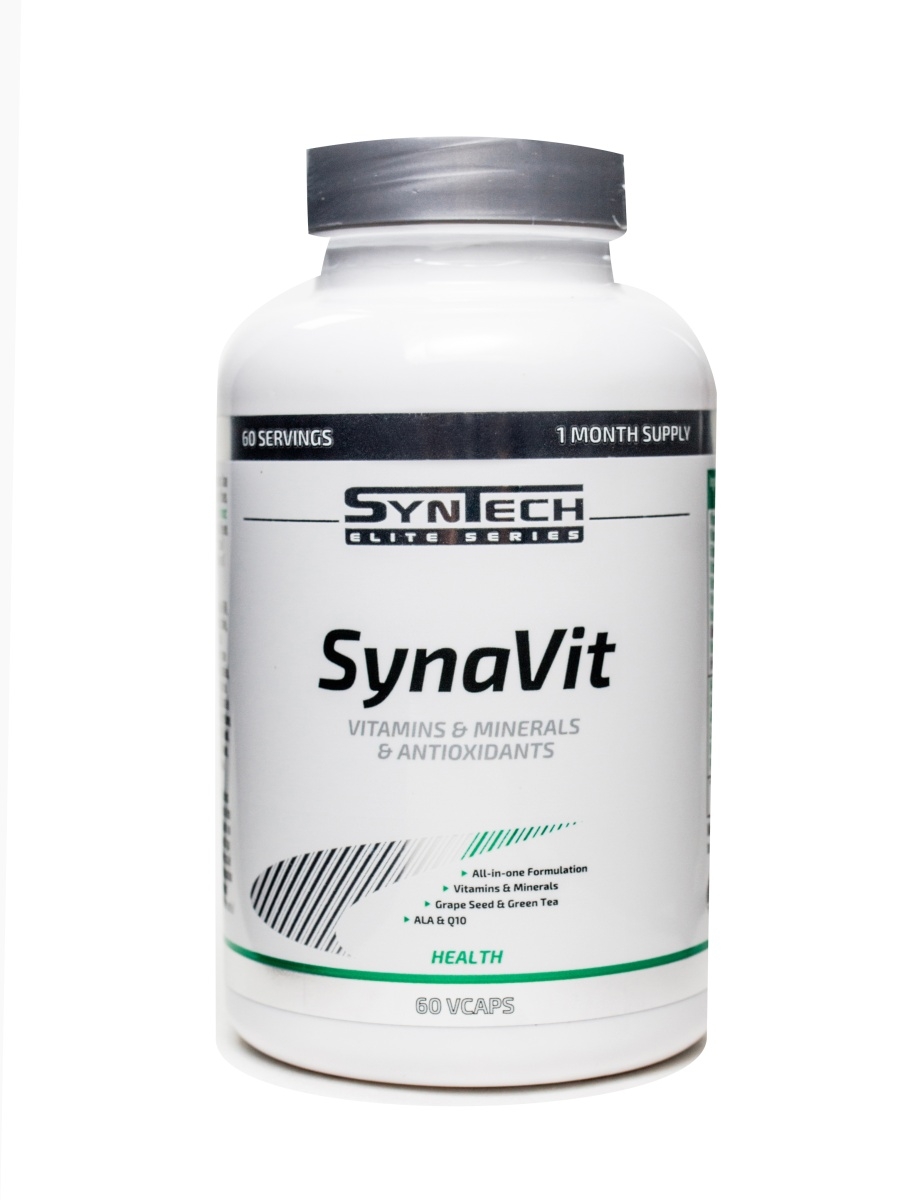
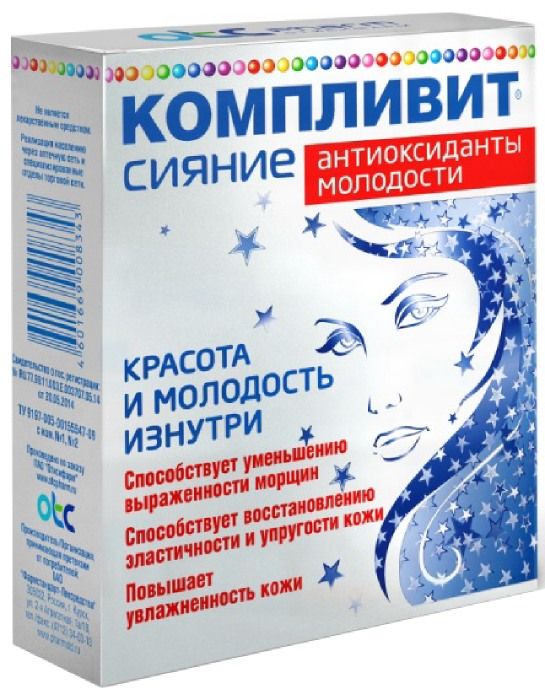
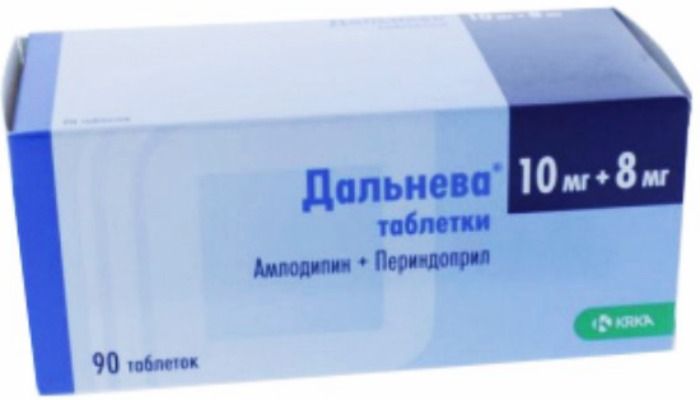




There are no reviews yet.